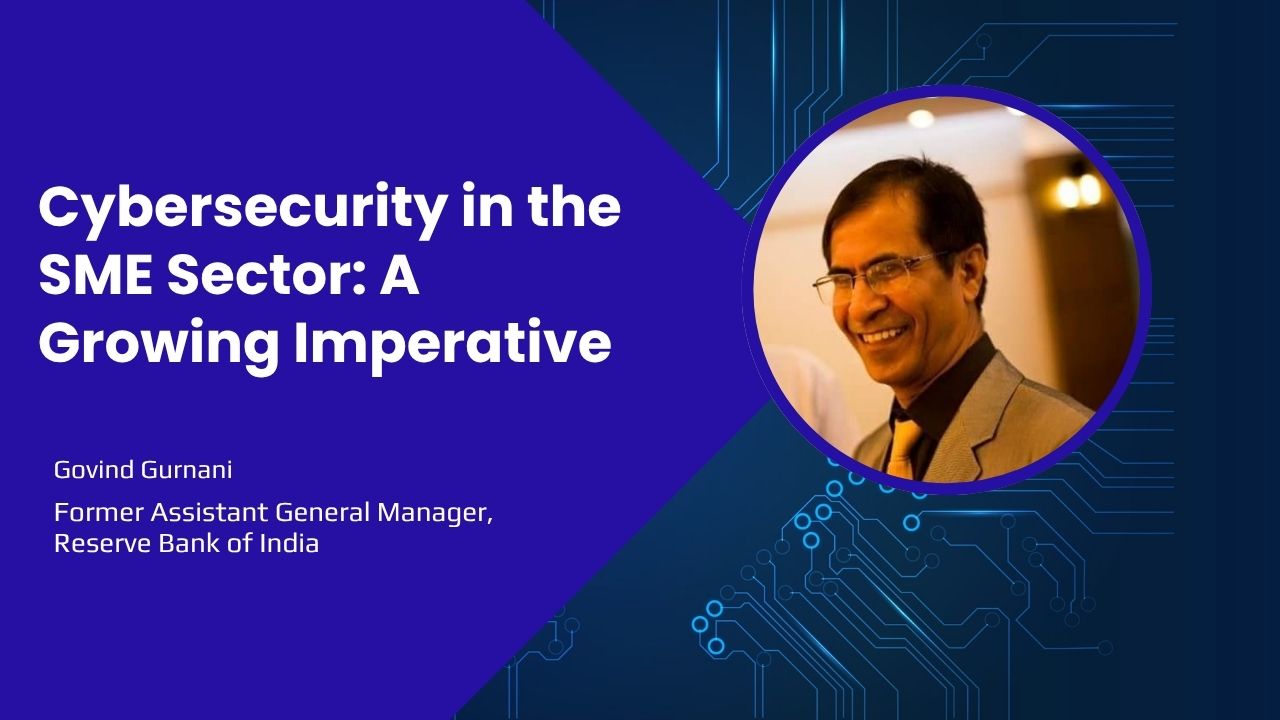It’s 6:30 a.m. on a construction site in India. As workers gear up for another day of building a metro corridor, a live dashboard in the command centre hundreds of kilometres away is already flashing updates, equipment usage, workforce attendance, material deliveries and weather alerts. On paper, this looks like seamless efficiency. But behind the smooth flow of data lies a quiet battle against cyber threats, system failures and the ever-present possibility of disruption.
This is the new reality for the infrastructure and EPC (Engineering, Procurement, and Construction) sector. Technology has moved from the periphery to the very heart of execution. For Tata Projects, a company known for delivering some of India’s most complex and ambitious nation-building projects, the shift is both an opportunity and a challenge.
“Risk isn’t just a compliance term anymore it’s a boardroom discussion,” says Vaibhav Palan, Chief Digital & Information Officer (CDIO) at Tata Projects. “When you digitise at scale, you change the very nature of the risks you face.”
The New Risk Landscape
EPC projects have always operated in high-risk territory delays, cost overruns, shifting regulatory requirements and unpredictable external shocks. Now, the convergence of Operational Technology (OT) and Information Technology (IT) brings not only greater efficiencies but also fresh vulnerabilities. A cyberattack on an industrial system can be as damaging as a supply chain breakdown.
Palan’s role is to ensure that technology adoption is rapid, but also resilient and secure. It’s a balancing act driving transformation without opening new fault lines.
When Innovation Becomes a Double-Edged Sword
Digitalisation has already transformed Tata Projects’ operations, project management software, procurement automation, workforce tracking and remote asset monitoring are now standard tools. Yet, as Palan points out, “Technology is only as strong as the framework around it.”
A striking example of disciplined innovation is TenderSummAIze, Tata Projects’ AI-powered tender management tool. It cut document processing time from four days to less than one, boosted accuracy by 60%, and made bids over 20% more competitive. The result: faster, sharper and more strategic decision-making.
But Palan warns that without structured adoption, even the smartest tools can stall progress whether through poor integration, inadequate training or overlooked security protocols.
From Siloed Responsibility to Enterprise Culture
At Tata Projects, risk management isn’t left to IT or audit teams alone. “We embed it across engineering, finance, legal and procurement,” says Palan. Cross-functional collaboration ensures that every decision, from contract drafting to equipment deployment, factors in potential threats and mitigation measures.
The CDIO’s role is part strategist, part educator building an anticipatory mindset so teams act before risks escalate.
Looking Ahead: Predicting the Unpredictable
The company’s future focus is on predictive risk management AI, digital twins and real-time dashboards that flag issues before they become problems. Integrated command centres will soon provide 360-degree visibility into project health, enabling quicker, data-driven interventions.
Initiatives like the Two-in-a-Box framework, pairing business leaders with IT relationship managers, ensure that every digital tool is aligned with operational needs. Technology Awareness Months and Strategic Business Partnership Index surveys further embed digital literacy across the workforce.
The Bottom Line
In the business of building infrastructure, technology is no longer a support function, it’s the foundation for resilience.
*About the Author
Vaibhav Palan is the Chief Digital and Information Officer (CDIO) at Tata Projects, one of India’s most trusted EPC partners. With deep expertise in digital strategy and enterprise transformation, he leads technology-driven initiatives that enable Tata Projects to deliver resilient, future-ready infrastructure solutions.
Disclaimer: Views expressed in the article are the personal opinions of the author.








